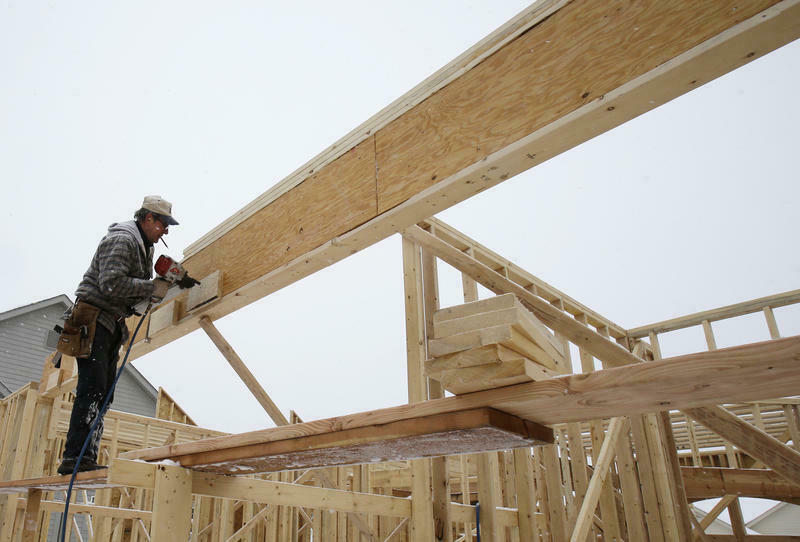Columbus City Council wants to create new affordable housing development opportunities on the city’s Far East Side.
“A lot of the areas, especially in our community around 270, that for a long time were successful are starting to lose population, and frankly the housing stock and the commercial corridors are starting to age,” says Hannah Jones, deputy director of Columbus’ Department of Development.
Columbus City Council members will host a public hearing Wednesday afternoon at 4 p.m., to address the proposed creation of the Far East Community Reinvestment Area (CRA).
“So we have to start looking at different approaches out there to reinvest in those areas and make them more attractive again,” Jones says.
The Far East Side is south of I-70 and is bordered by Brice Road, Refugee Road, Blacklick Creek and Truro Township.
Jones says City Council wants to create the Far East CRA to offer incentives for developers, which would receive a 100%, 15-year tax abatement to build mid-rise and high-rise projects. In year 11, schools would receive 15% of their normal payment and those would increase each subsequent year, until the abatement ends.
“In this case we were approached by a developer who was interested in doing a larger project that would serve some of our mid-level, mid-tier income residents, and we really saw an opportunity to capitalize on that,” Jones says.
Single-family residential rehabilitation projects will also quality for abatements. However, single-family new construction will not be eligible unless designated for affordable housing.
Jones explains that the city has seen a faster decline on the Far East Side for the past 5-10 years. She says more attention there can improve the area.
“What we really want to focus on, though, is that there is decent and safe and sanitary housing options, both on the rental and the home ownership side,” Jones says. “So yes, it is our desire to continue to see a mix of housing options.”
While Columbus has many critics of its tax abatements, city officials say they’ve made some changes. In July 2018, Columbus City Council voted to approve a new policy that demands developers invest in affordable housing in exchange for tax breaks. However, the plan also allows builders to buy their way out of those requirements.
“With the review of our overall tax abatement policy last year, the administration did not shy away from recognizing that it was time for us to reevaluate that and that is why we changed the way that we structure our system,” Jones says.
The city of Columbus has used tax abatements in other areas of Columbus, like the Hilltop, Milo-Grogan, Franklinton and Linden, among other neighborhoods.
“It is often utilized by a lot of our affordable housing developers in a way that is very impactful to the families there,” Jones says.
By: Debbie Holmes







